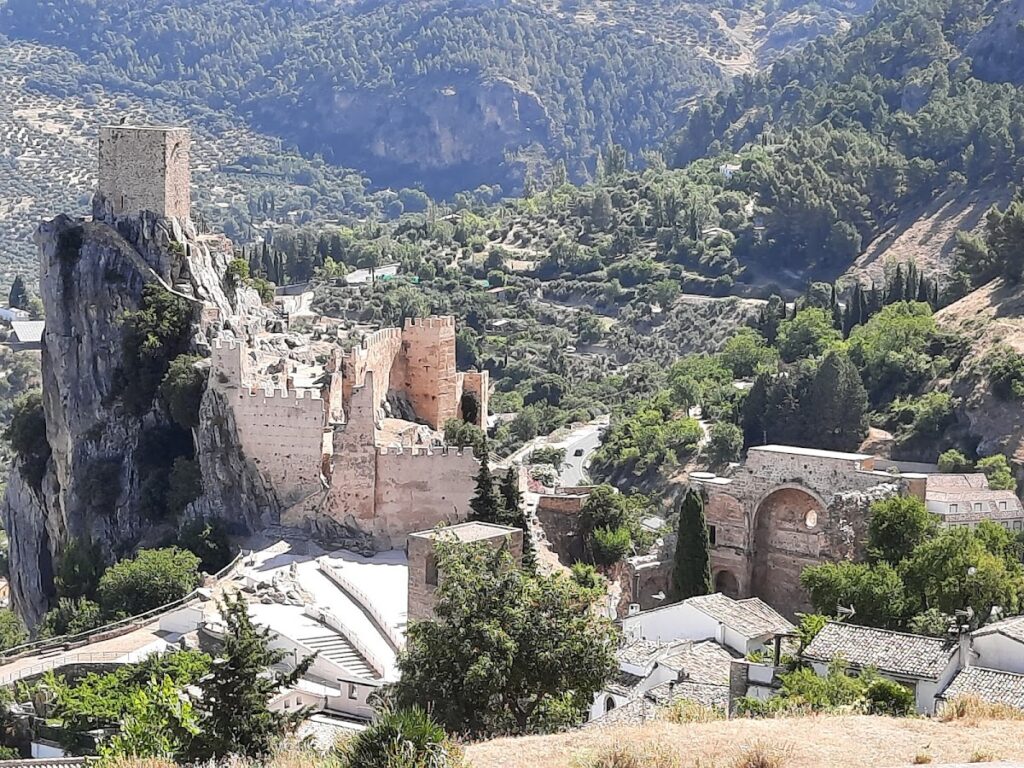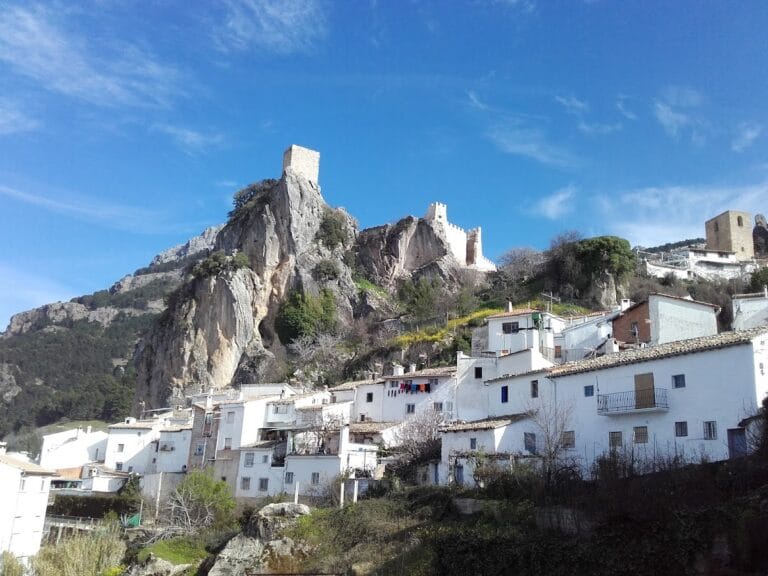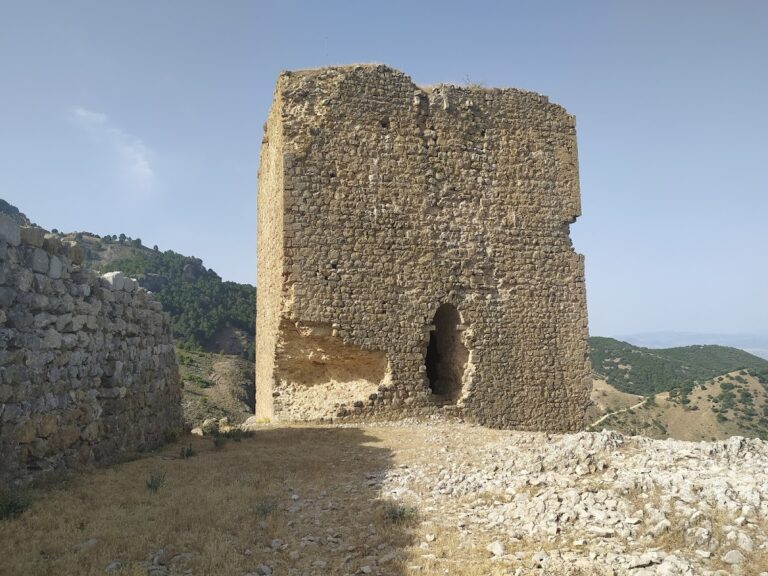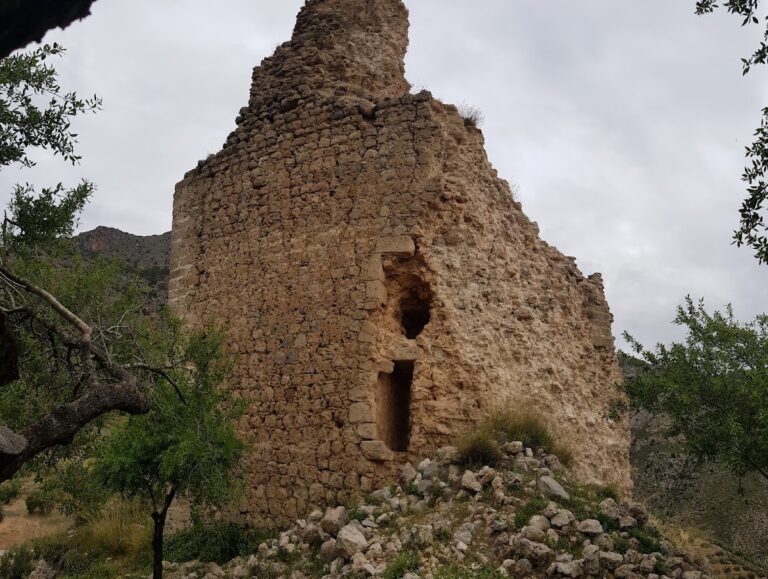Castillo de La Iruela: A Historic Fortress in Spain
Visitor Information
Google Rating: 4.6
Popularity: Medium
Google Maps: View on Google Maps
Official Website: www.ayuntamientolairuela.es
Country: Spain
Civilization: Unclassified
Remains: Military
History
Castillo de La Iruela stands in the town of La Iruela in Spain and originated during the period of Andalusian control. Its earliest roots trace back to late antiquity or the early phases of Andalusian presence in the region.
In the late twelfth century, under the Almohad Empire, an Islamic settlement grew just south of the fortress. During this time, the castle itself was constructed and fortified with defensive walls, reflecting its strategic importance in the area. This phase saw the transformation of the site into a formidable stronghold serving the ruling Muslim powers.
The castle and surrounding lands came under Christian control in 1231 when King Fernando III of Castile conquered the region. Following the conquest, ownership was granted to Rodrigo Jiménez de Rada, the Archbishop of Toledo. Under his guidance, Christian structures were built atop the former Islamic fortress, marking a shift in the site’s religious and cultural identity.
During the mid-14th century Castilian civil war, lasting from 1351 to 1369, La Iruela played a politically significant role by supporting archbishop Gómez Manrique and Enrique de Trastámara. Following the conflict, the settlement received recognition as a villa in 1370 and achieved full independence in 1378 through Archbishop Pedro Tenorio. This archbishop initiated important constructions, including the castle’s keep and the gate tower, further reinforcing its defensive capabilities.
Within the castle grounds lies the Church of Santo Domingo, built in honor of La Iruela’s patron saint by Francisco de los Cobos, secretary to Emperor Charles V. Architectural designs for the church are attributed to prominent figures such as Andrés de Vandelvira or Rodrigo de Gibaja. This church endured significant damage when it was attacked and burned on June 4, 1810, during the Peninsular War. Later, the building served as a municipal cemetery until 1953.
In the 20th century, the castle and its adjoining village were officially designated as a Historic-Artistic Ensemble, receiving protection under Spanish heritage laws first applied in 1949 and reaffirmed in 1985. Additionally, the site gained cultural recognition when it was used as a setting for the television series Curro Jiménez in the late 1970s.
Remains
The fortress of La Iruela occupies an elevated, rocky summit known as El Picacho, situated within the Sierra de Cazorla natural park. Its design follows a three-tiered layout, each level positioned on natural rock formations to maximize defense and visibility. The castle walls, some of which survive partially crenellated (featuring the distinctive notched battlements for archers), rest directly on these rocky outcrops, blending construction with the natural terrain.
The most prominent feature is the keep, or torre del homenaje, built on the site of an earlier Muslim alcázar—a fortified palace. This central tower stands within the first enclosure, surrounded by thick walls that enclose a small courtyard. The keep served both defensive and symbolic functions as the heart of the castle’s fortifications.
The second level, or bailey, was enclosed by walls incorporating remnants of several towers. Its entrance was designed as a bent passage through one of these towers, a defensive feature that forced assailants to navigate a controlled pathway. This area also contains a large cistern, known in Spanish as an aljibe, used to collect and store rainwater, crucial for sustaining the fortress in times of siege.
A third level is believed to have existed but no longer stands intact, with only limited traces indicating its former presence. The overall condition of the castle is that of ruins, with substantial remains especially visible in the main tower and two enclosing walls.
Within the castle precinct lie the ruins of the Church of Santo Domingo. Although its architectural plans are attributed to noted designers such as Andrés de Vandelvira or Rodrigo de Gibaja, today the church survives only in a damaged state, reflecting its destruction during the early 19th century. The structure within the castle grounds underscores the blend of military and religious functions that coexisted at the site over centuries.










